From Discovery to Delivery: How AI is Transforming Cell and Gene Therapy
Cell and gene therapies hold immense potential for treating rare diseases, cancers, and complex disorders. However, challenges like high development costs, complex manufacturing, and stringent regulatory processes slow progress. AI-driven insights, automation, and advanced analytics are reshaping this landscape—accelerating discovery, optimizing clinical trials, streamlining manufacturing, and ensuring efficient market access.
Cell and gene therapies have potential to make a huge difference for patients with complex and hard-to-treat disorders, cancers and rare diseases. The global cell and gene therapy market is already a large one and is growing fast. Worth an estimated $25 billion in 2025, the market is forecast to increase at a CAGR (combined annual growth rate) of 18.9% to $117.46 billion by 2034 according to Precedence Research. As of March 2025, the US Food and Drug Administration (FDA) had approved 44 cell and gene therapy products.
Understanding Cell & Gene Therapy
Gene therapy uses one or more genes to treat, prevent or cure disease by adding or replacing copies of a defective or missing gene. The first gene therapies approved in the US were Luxturna (voretigene neparvovec-rzyl) to treat the inherited retinal diseases Leber congenital amaurosis and retinitis pigmentosa, and Zolgensma (onasemnogene abeparvovec-xioi) to treat spinal muscular atrophy (SMA).
Cell therapy involves the transfer of cells to treat, prevent or cure disease. The cells may be autologous (collected from the patient) or allogeneic (from a donor). Gene-modified cell therapy (also known as ex vivo gene therapy) combines gene and cell therapy. Autologous cells are removed, edited, and returned to the patient. Approved examples include the CAR-T cell therapies Yescarta (axicabtagene ciloleucel) and Kymriah (tisagenlecleucel) for blood cancers.
The Challenges of Bringing Cell and Gene Therapies to Market
Cell and gene therapies hold incredible promise but turning that promise into reality comes with significant challenges. From discovery to delivery, every step is complex, costly, and highly regulated.
Hurdles in Cell and Gene Therapy Development:
- Understanding the market
- Development and manufacturing costs
- Regulatory approval
- Supply chain and logistics
Even at the earliest stages, companies must carefully analyze their target market, who the therapy is for, where those patients are, and whether the treatment can be priced in a way that is both accessible and sustainable. With the average cost to bring a cell or gene therapy to market estimated at $1.94 billion, these treatments rank among the world’s most expensive drugs. Lenmeldy, for example, a gene therapy for metachromatic leukodystrophy (MLD), costs $4.25 million per dose.
Manufacturing is another major hurdle. These therapies require highly specialized facilities, rigorous quality control, and precise handling to ensure consistency and safety. Even minor variations can lead to entire batches being discarded, adding to the already high costs.
Regulatory agencies are adapting to keep pace with this rapidly evolving field. The FDA, for instance, has introduced faster review pathways like the Real-Time Oncology Review (RTOR) to expedite the approval of safe and effective treatments.
Once approved, the challenges don’t end, getting these therapies to patients requires navigating complex logistics. Many must be transported and administered under strict conditions, often in specialized healthcare centers.
Despite these obstacles, the field continues to push forward, driven by innovation, AI-powered efficiencies, and the urgent need for life-changing treatments.
The Role of AI in Advancing Cell and Gene Therapies
From discovery to commercialization, AI, machine learning, and advanced analytics are reshaping the way we develop and deliver cell and gene therapies, accelerating breakthroughs, optimizing processes, and reducing costs.
At the very start of development, AI-driven data analytics help assess the market landscape, predicting patient population size, identifying geographic demand, and balancing pricing with reimbursement models. These insights guide early-stage decisions, helping companies determine whether to move forward with a therapy.
Once a target is identified, AI and machine learning take the lead in building predictive models that validate the relationship between a genetic sequence, its function, and its therapeutic potential. This allows researchers to refine their approach and design more effective therapies. In cell therapy, the combination of AI and synthetic biology enhances our understanding of cell differentiation, leading to better treatment outcomes.
AI-powered machine learning models also help bridge the gaps between in silico, in vitro, in vivo, and clinical research. Generative AI is reshaping clinical trial design , streamlining patient recruitment, improving trial protocols, and ultimately reducing development time and costs.
In manufacturing, AI and automation are making production more efficient and cost-effective. Automated processes reduce manual handling, minimizing human error. Biosensors provide real-time monitoring, allowing manufacturers to quickly detect and correct issues. Meanwhile, AI-driven market analysis helps predict demand, ensuring production timelines align with market needs.
With every stage of cell and gene therapy development generating vast amounts of data, AI plays a crucial role in transforming this information into actionable insights. By continuously learning and adapting, AI-driven analytics improve efficiency across research, clinical trials, and manufacturing.
At Agilisium, we empower life sciences companies with AI-driven solutions tailored for cell and gene therapy development. Our Insights Generation Agent integrates and analyzes structured and unstructured data from industry reports, electronic health records (EHRs), claims data, genomic and proteomic databases, and clinical trial results. These insights help researchers refine targets, optimize development strategies, and make data-driven decisions.
Our Content Generation Agent ensures real-time, tailored content creation, helping teams generate reports for regulatory bodies, physicians, and patients while keeping clinical trial and manufacturing updates streamlined. End-to-end observability agent guarantees accuracy, reliability, and compliance.
Cell and gene therapies hold immense promise for patients with unmet medical needs, but their complexity and cost pose significant challenges. AI and data analytics are the key to overcoming these barriers ensuring that these transformative treatments reach the people who need them faster, more efficiently, and at a sustainable cost.
To find out more, visit www.agilisium.com or send us an email at sales@agilisium.com.





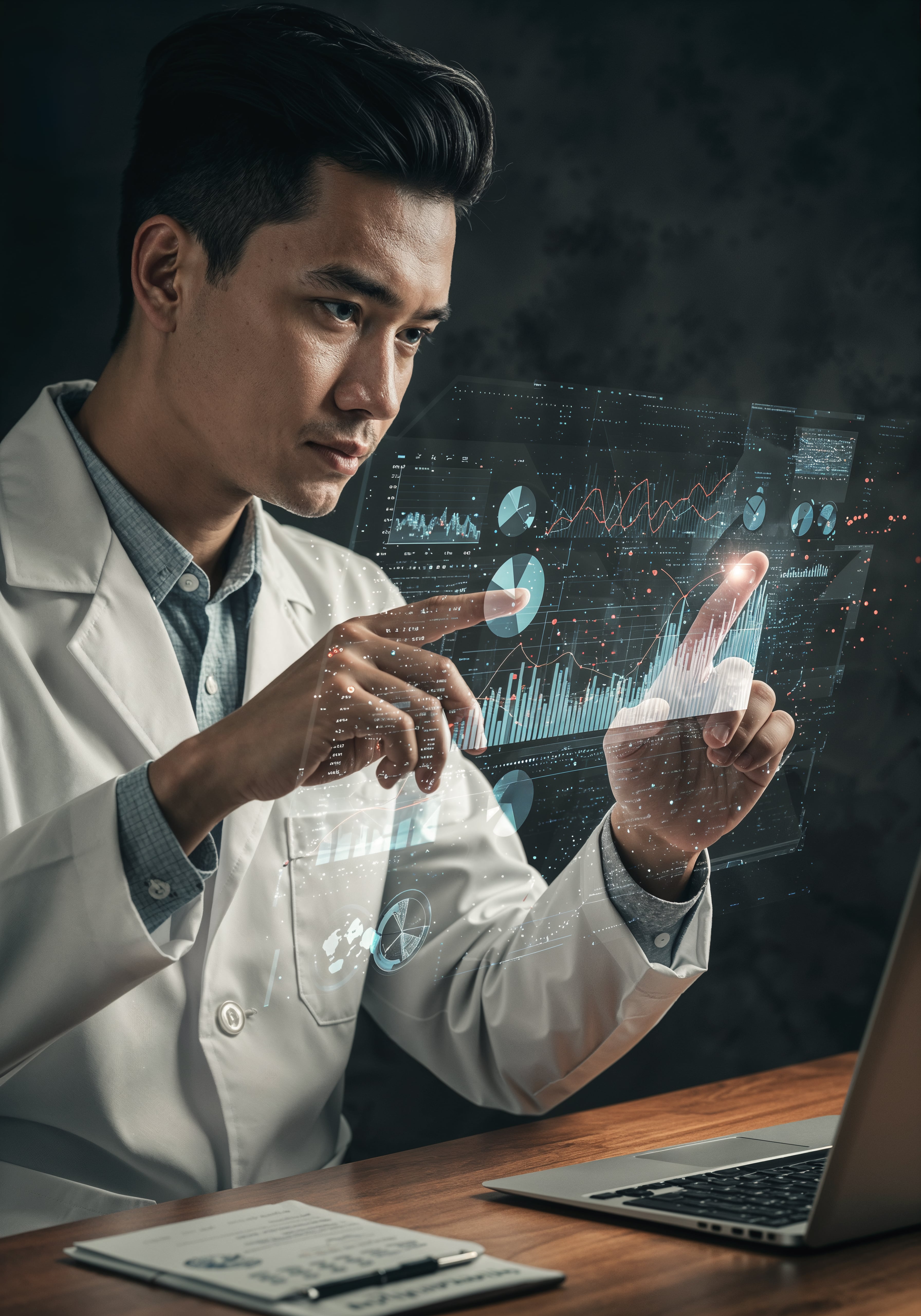


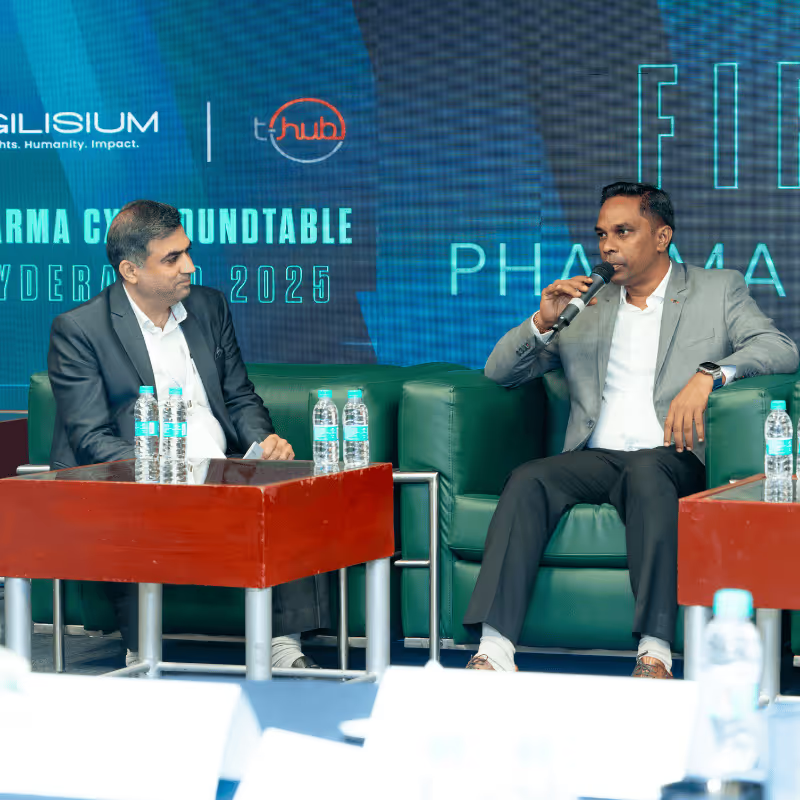

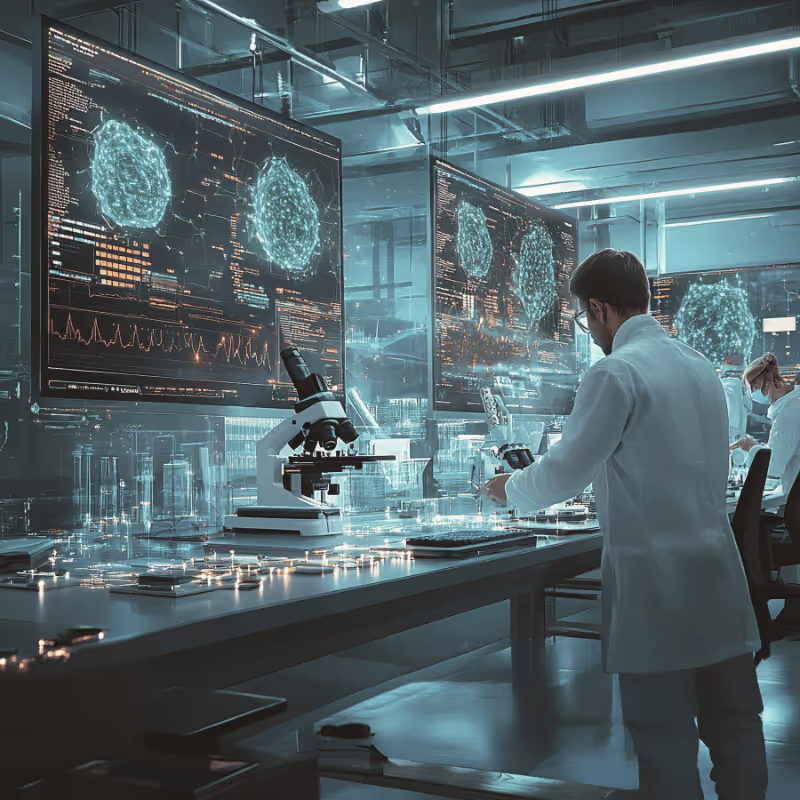
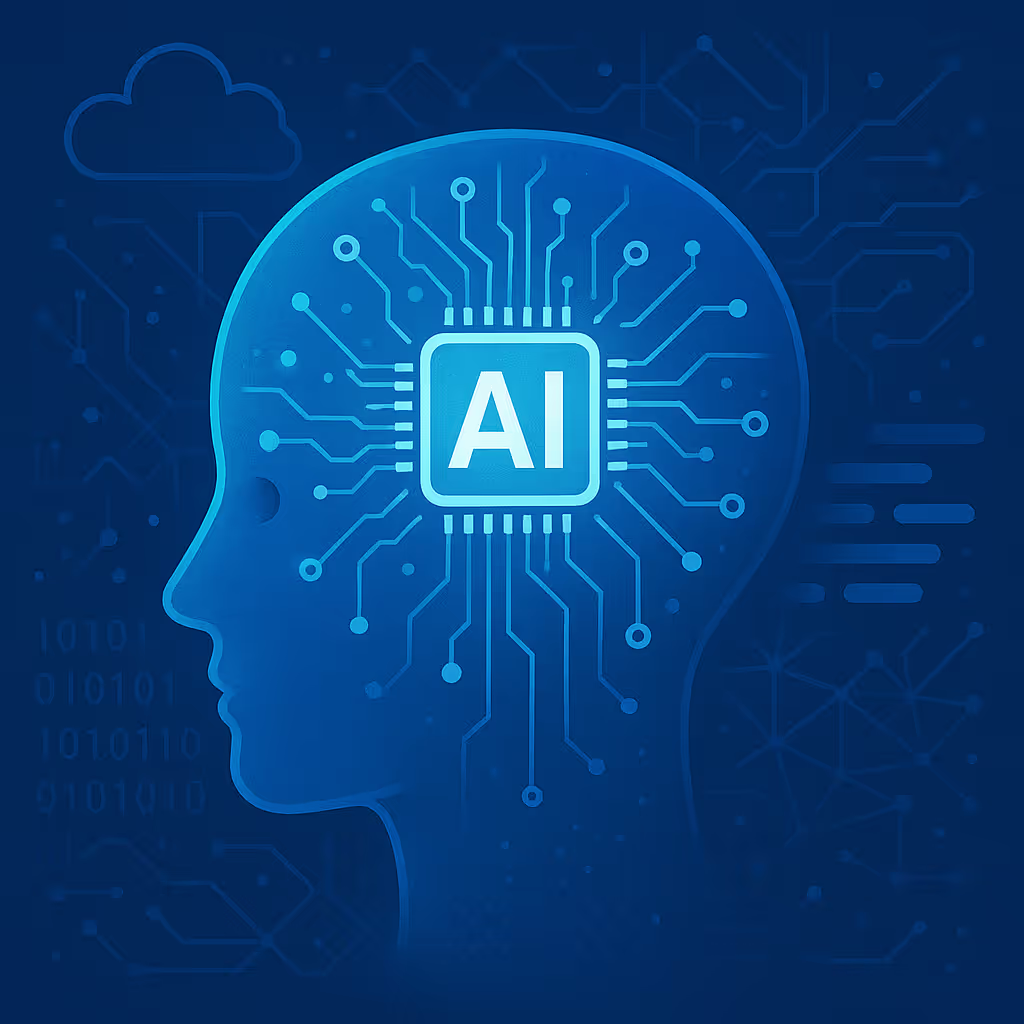


%20(7).avif)
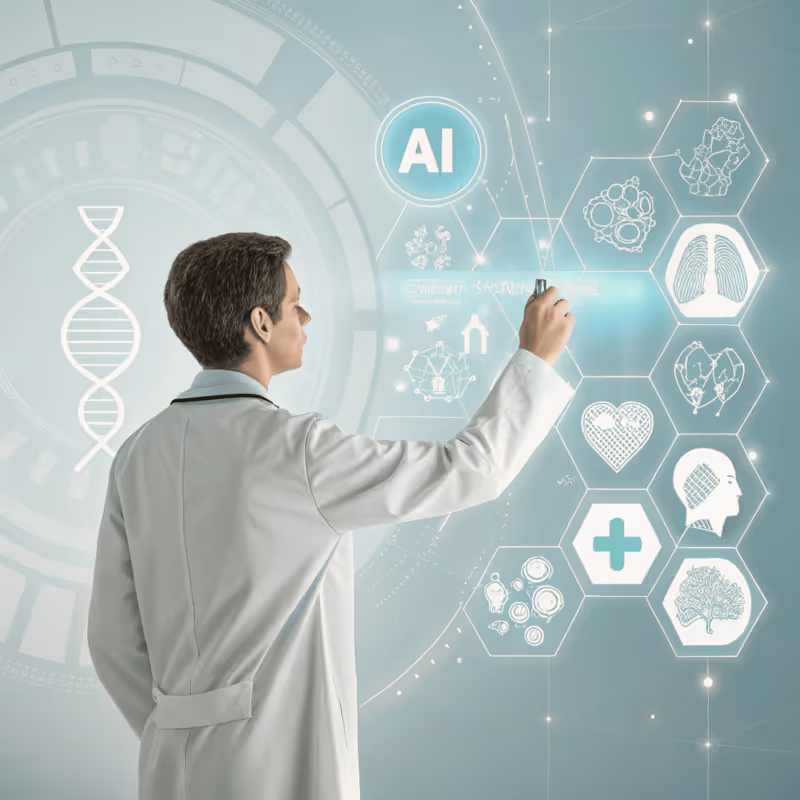


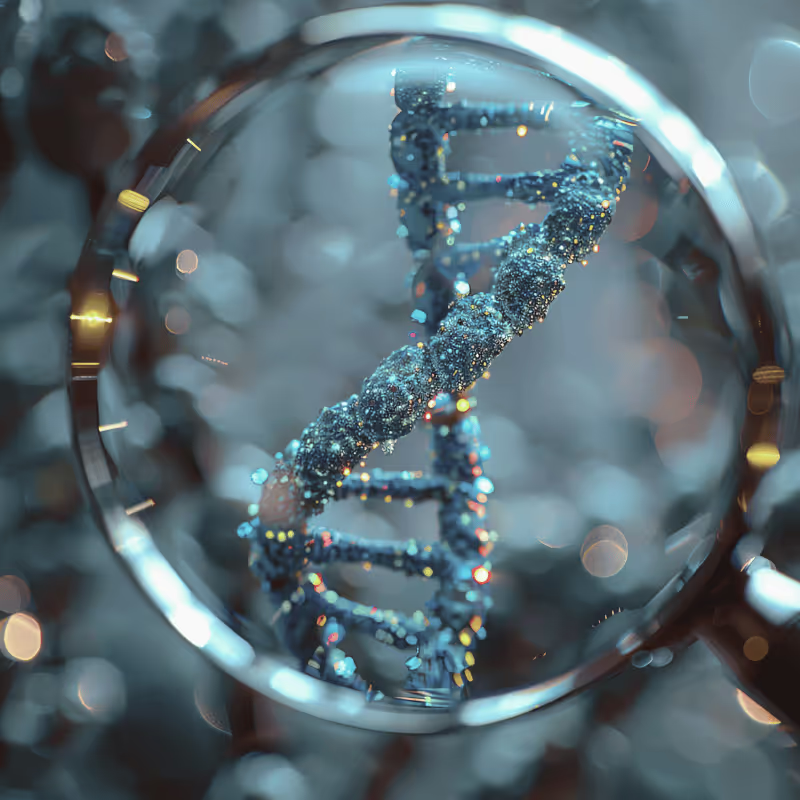

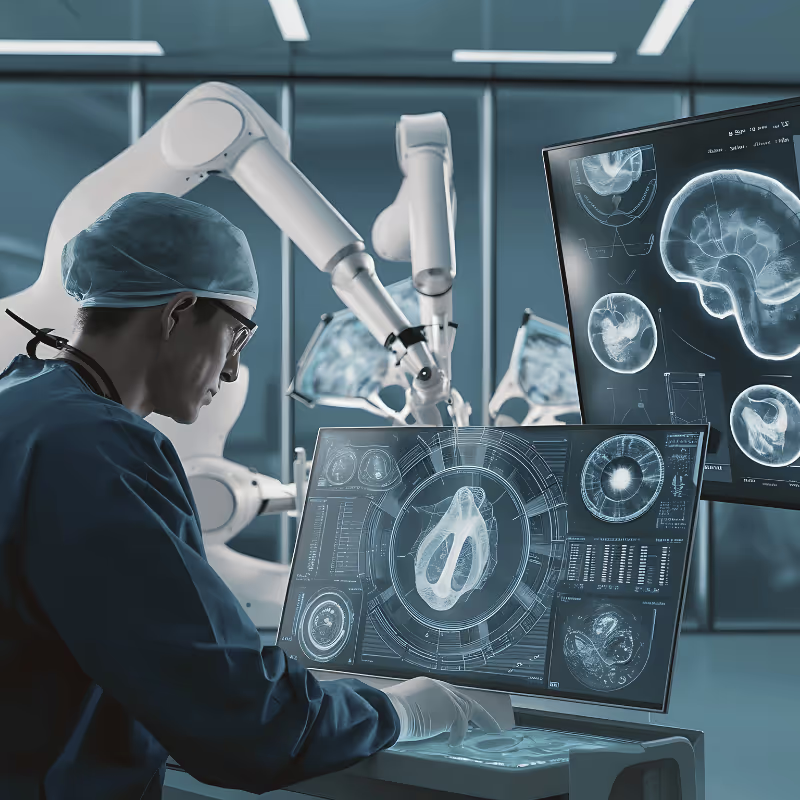
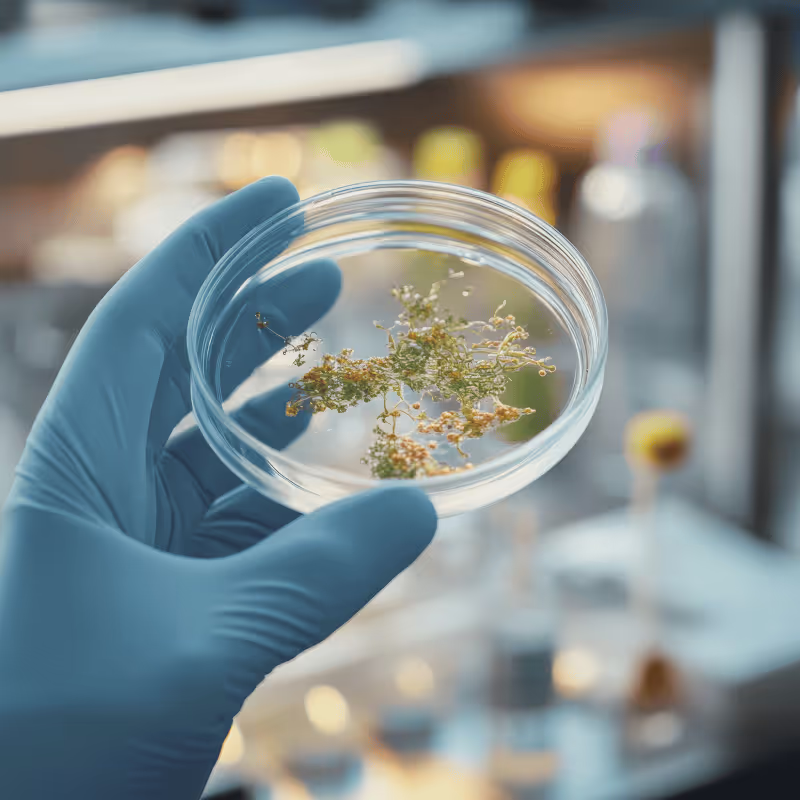




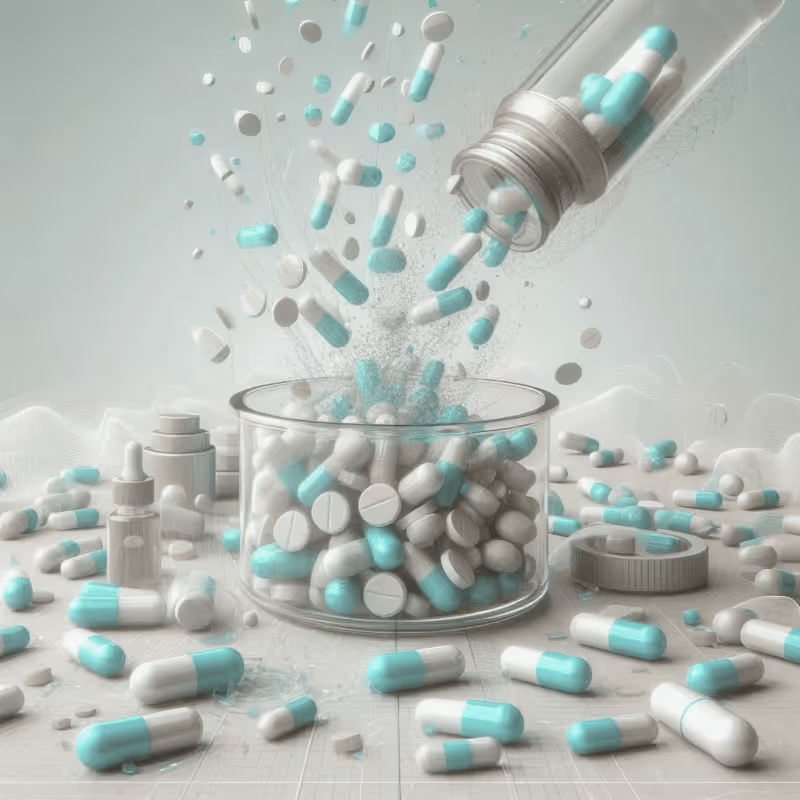

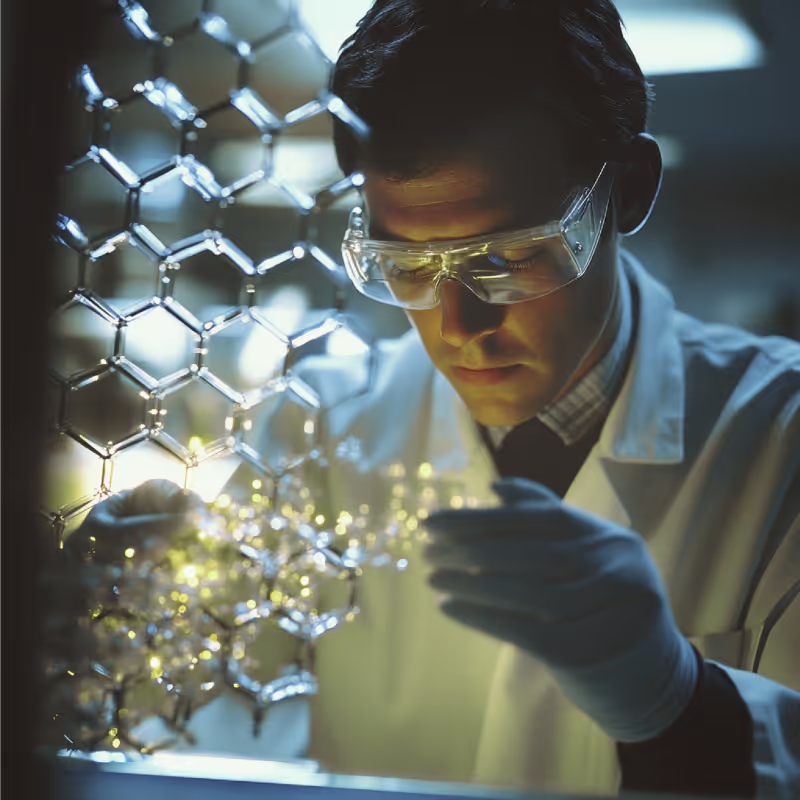
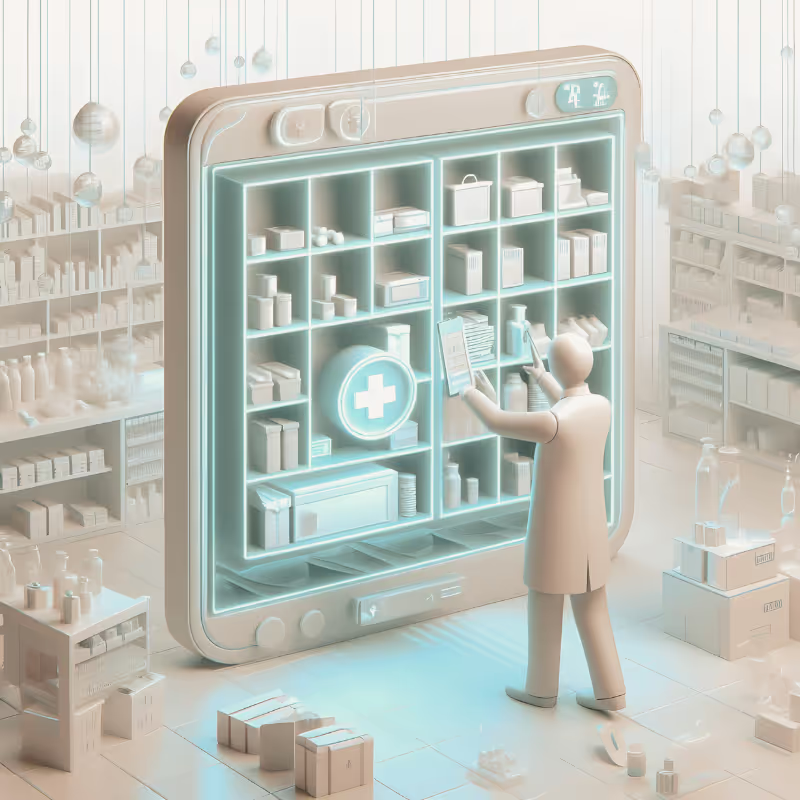
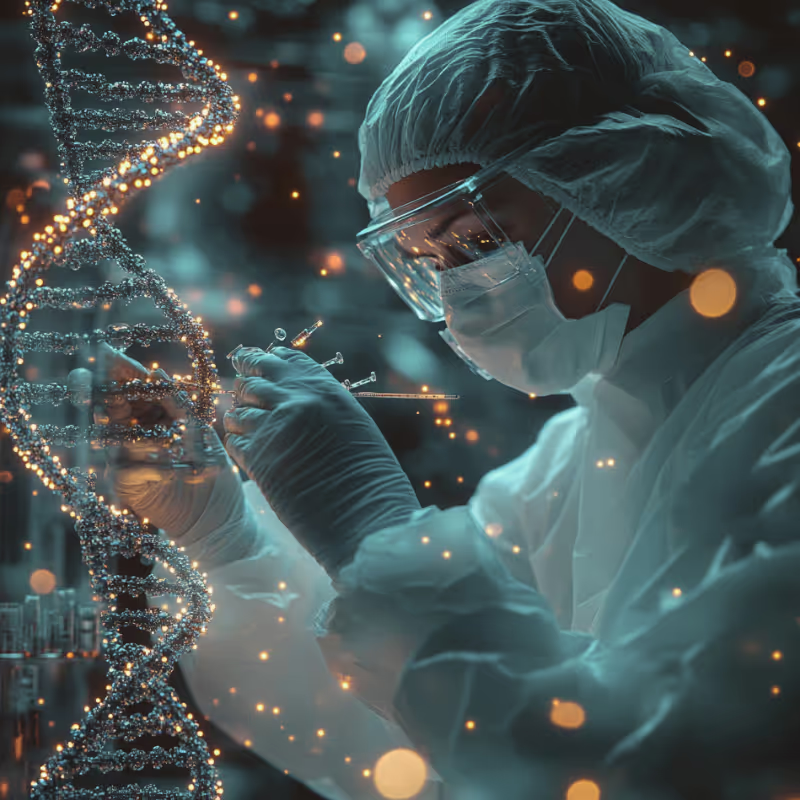

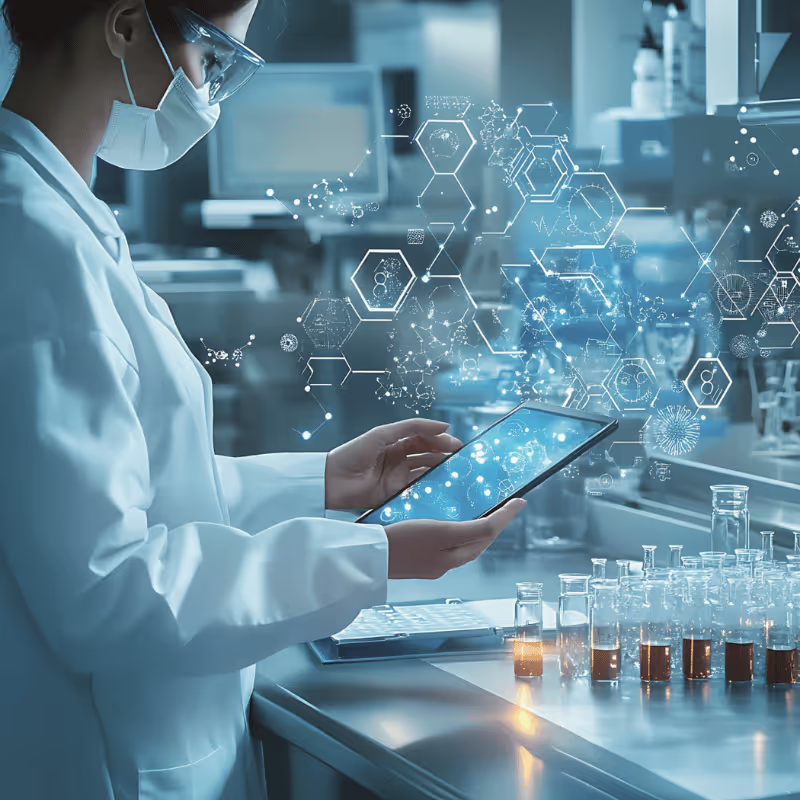

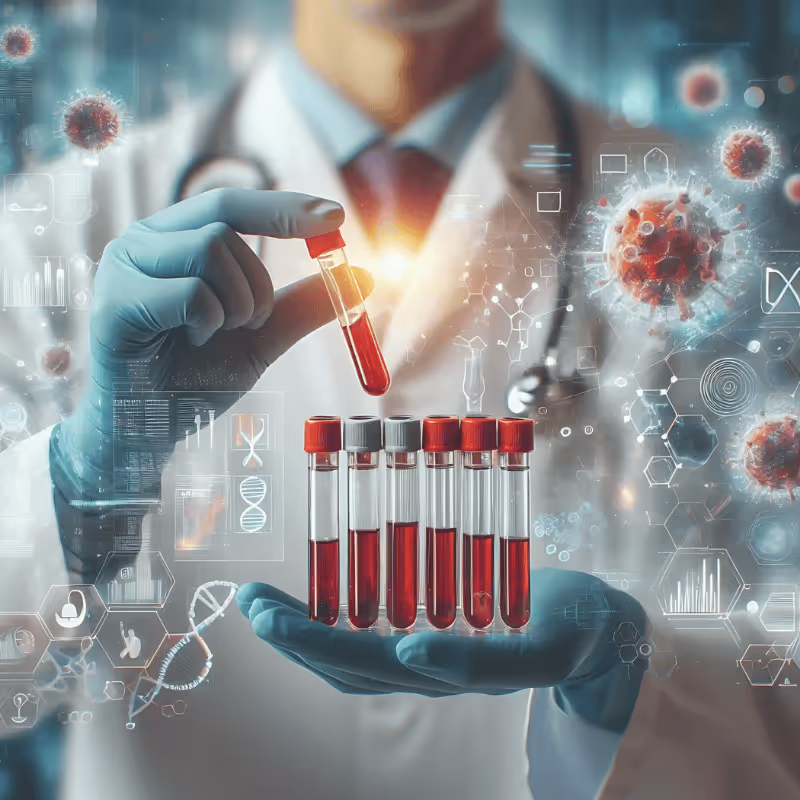

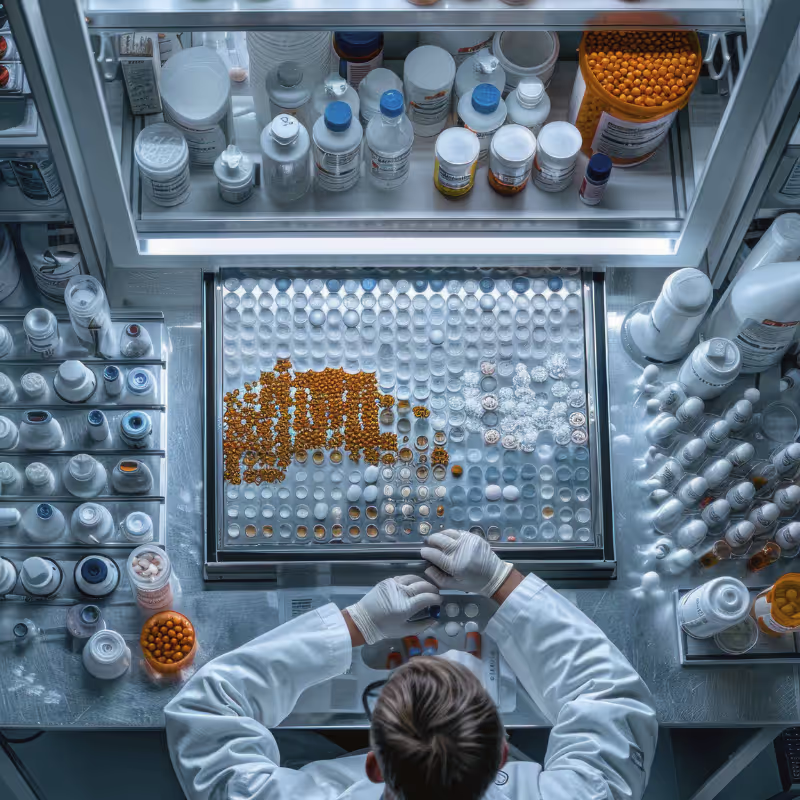
%20(5).avif)
.avif)


